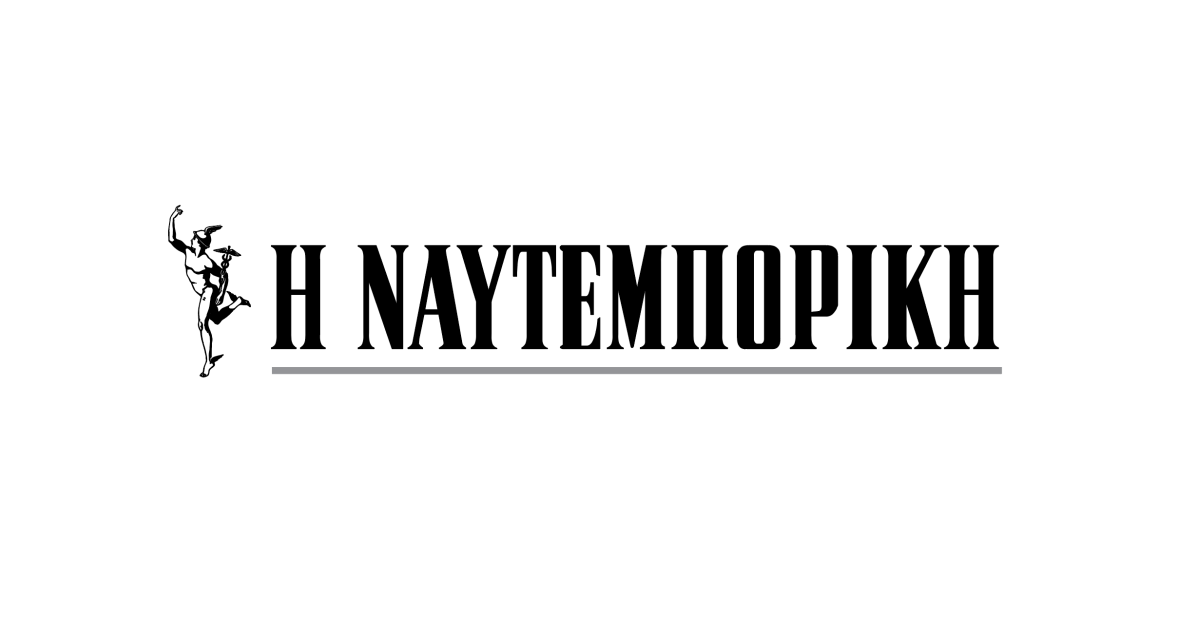Ίσως αυτός εννοούσε μόνο όσους πέθαναν αποκλειστικά από κοβιντ κ όχι όσους είχαν υποκείμενα ή τους ετοιμοθάνατους
τώρα ΠΡΑΓΜΑΤΙΚΑ πιστεύεις όσα γράφεις; ότι δηλαδή οι ΗΠΑ έχουν μόνο 10.000 νεκρούς από ΚΟΒΙΝΤ και όλοι οι άλλοι είναι παπάτζα;
1ον. ομολογία Ιωαννίδη για τη Βλακεία του, που παραδέχθηκε ότι ο ΚΥΡΙΟΣ λόγος που έπεσε έξω ήταν η δική του ανοησία.
"Here is an effort to dissect why I was so wrong. Behaving like an expert (i.e. a fool) was clearly the main reason"
Σελίδα 22, στο Appendix, 2η παράγραφος
Appendix. Box 1. John Ioannidis: a fool’s confession and dissection of a forecasting failure
“If I were to make an informed estimate based on the limited testing data we have, I would say that COVID-19 will result in fewer than 40,000 deaths this season in the USA” - my quote appeared on April 9 in CNN and Washington Post based on a discussion with Fareed Zakaria a few days earlier. Fareed is an amazingly charismatic person and our discussion covered a broad space. While we had focused more on the need for better data, when he sent me the quote that he planned to use, I sadly behaved like an expert and endorsed it. Journalists and the public want certainty, even when there is no certainty.
Here is an effort to dissect why I was so wrong. Behaving like an expert (i.e. a fool) was clearly the main reason. But there were additional contributing reasons. When I made that tentative quote, I had not considered the impact of the new case definition of COVID-19 and of COVID-19 becoming a notifiable disease (
https://cdn.ymaws.com/www.cste.org/resource/resmgr/2020ps/Interim-20-ID-01_COVID-19.pdf. (Accessed 20 June 2020)), despite being aware of the Italian experience (Boccia et al., 2020) where almost all counted “COVID-19 deaths” also had other concomitant causes of death/comorbidities. “COVID-19 death” now includes not only “deaths by COVID-19” and “deaths with COVID-19”, but even deaths “without COVID-19 documented”. Moreover, I had not taken seriously into account weekend reporting delays in death counts. Worse, COVID-19 had already started devastating nursing homes in the USA by then, but the nursing home data were mostly unavailable. I could not imagine that despite the Italian and Washington state (Roxby et al., 2020) experience, nursing homes were still unprotected. Had I known that nursing homes were even having COVID-19 patients massively transferred to them, I would have escalated my foolish quote several fold.
There is more to this: since mid-March, I wrote an article alerting that there are two settings where the new virus can be devastating and that we need to protect, using draconian measures, nursing homes and hospitals. Over several weeks, I tried unsuccessfully to publish this in three medical journals and in five top news venues that I respect. Among top news venues, one invited an op-ed, then turned it down after one week without any feedback. Conversely, The New York Times, offered multiple rounds of feedback over 8 days. Eventually, they rewrote the first half entirely, stated it will appear the next day, and then said they were sorry but they could not publish the op-ed. STAT kept it for 5 days and sent extensive, helpful comments. I made extensive revisions, then they rejected it, apparently because an expert reviewer told them that “no infectious disease expert thinks this way” – paradoxically, I am trained and certified in infectious diseases.
Around 45%–53% of deaths in the US (Nursing Homes & Assisted Living Facilities Account for 45% of COVID-19 Deaths) (and as many or more in several European countries) (Danis et al., 2020) eventually were in nursing homes and related facilities, and probably another large share were nosocomial infections. An editor/reviewer at a top medical journal dismissed the possibility that many hospital staff are infected. Seroprevalence and PCR studies, however, have found very high infection rates in health care workers (Mansour et al., 2020, Sandri et al., 2020, Treibel T.A. Manisty et al., 2020) and in nursing homes (Arons et al., 2020, Gandhi et al., 2020).
Had we dealt with this coronavirus considering what other widely-circulating coronaviruses do based on medical or infectious disease (not modeling) textbooks (=they cause mostly mild infections, but they can particularly devastate nursing homes and hospitals), (McIntosh, 2020, Patrick et al., 2006, Walsh et al., 2013) my foolish prediction might have been less ridiculous. Why was my article never accepted? Perhaps editors were influenced by some social media who painted me and my views as rather despicable and/or a product of “conservative ideology” (a stupendously weird classification, given my track record). As I say in my Stanford webpage: ”I have no personal social media accounts - I admire people who can outpour their error-free wisdom in them, but I make a lot of errors, I need to revisit my writings multiple times before publishing, and I see no reason to make a fool of myself more frequently than it is sadly unavoidable”. So, here I stand corrected.
Epidemic forecasting has a dubious track-record, and its failures became more prominent with COVID-19. Poor data input, wrong modeling assumptions, high sensitivity of estimates, lack of incorporation of epidemiological features, poor past evidence ...

www.ncbi.nlm.nih.gov





